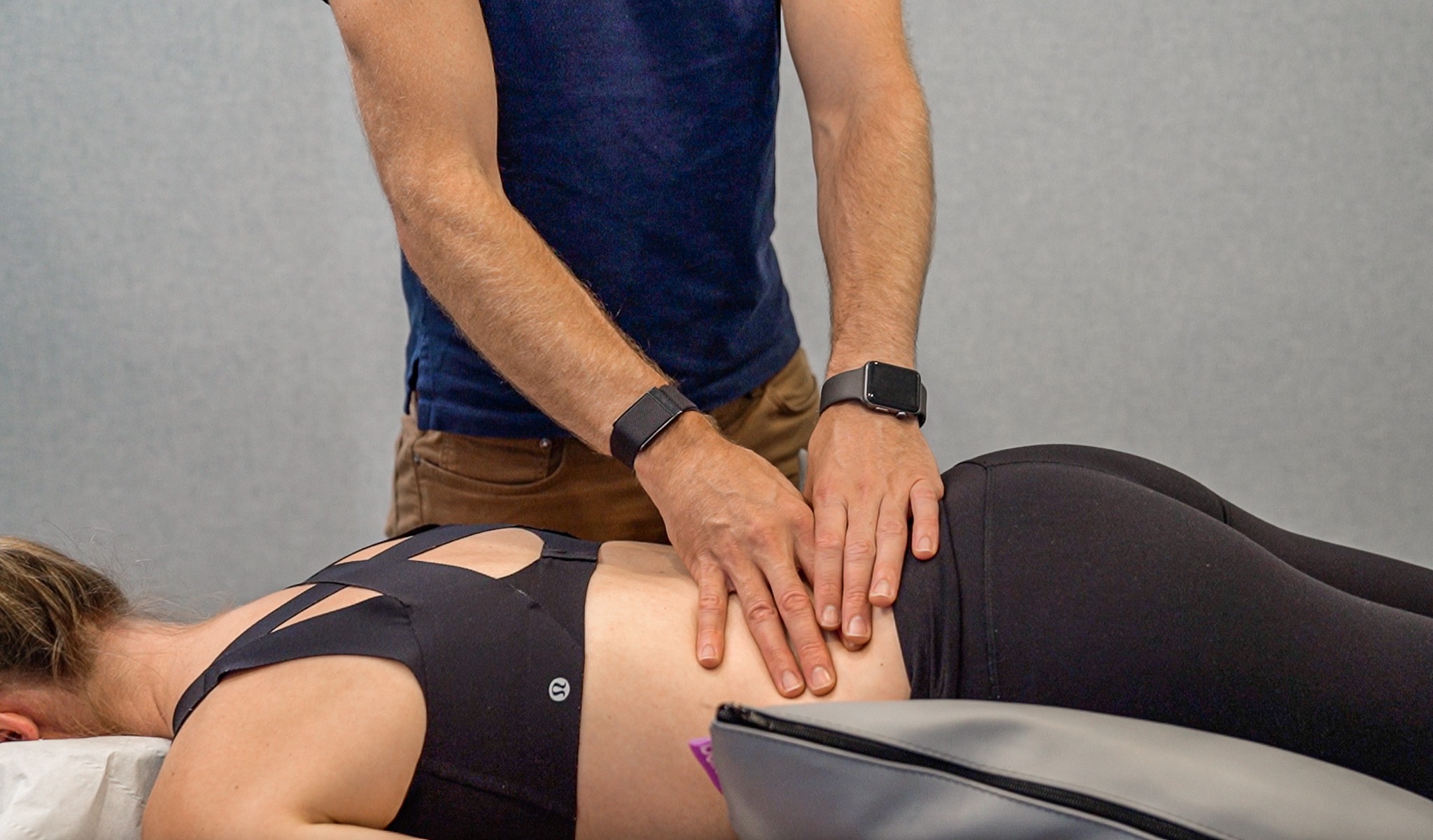MAYFAIR & SOUTH KENSINGTON OSTEOPATHY

Osteopathy
Osteopathy is a form of manual therapy such as Physiotherapy. As such Osteopaths are highly trained medical professionals that mainly specialise in the field of musculoskeletal medicine. They have extensive medical training including pathophysiology, anatomy and neurology.
Their main treatment approach is using a variety of hands on techniques such as soft tissue releases, joint mobilisation and spinal manipulations with the aim to restore your body back to a point of balance. This is where your skeleton, muscles, ligaments and connective tissues all function smoothly together.
Addressing areas that lack mobility within your body in this manner is further complimented with prescriptive exercises to improve your strength and control. This will not only give you symptomatic relief but will address the underlying predisposing and maintaining factors to ensure you will achieve your most meaningful outcome.
Ready to book?
If you're ready to book you can use our online booking system by clicking below.
FAQs:
What is an osteopath?
Osteopaths are highly trained medical professionals that use an integrated holistic approach to address your pain or injury by applying a wide variety of manual hands-on techniques and prescription exercises. They will identify the predisposing and maintaining factors that have led to your symptoms in the context of your whole body and your body’s systems.
They do this by looking at your active and passive movements identifying areas of excess loading (an area where you might experience pain) due to either restrictions or weakness in other areas relating to it.
They will then address those by restoring optimum function using hands on techniques, as well as prescription exercises which will allow the body to harness its own self-healing mechanism.
What does an osteopath do?
They will start by taking a detailed case history asking about your presenting symptoms as well as your previous medical history. They will also ask routine systems screening questions such as enquiring into your cardiovascular, respiratory and gut health.
This will be followed by a thorough examination, which looks at how you move, what type of movements you are struggling with as well as your overall strength and stability.
If needed they might preform special tests such as a neurological exam or special orthopaedic tests.
Once a diagnosis is established, they will discuss your health goals, the treatment plan and your prognosis.
Treatments will then generally address two components strength/stability and mobility with the aim to offload excess demand on the painful structures (muscle, joints, ligaments, discs, etc) and equalise forces transference through the body.
This is done by:
- Improving mobility by using a variety of hands-on techniques like deep tissue massage techniques, gentle joint mobilisation and if appropriate joint manipulation.
- Improving strength and stability by working through an active prescription exercises programme bespoke to your individual needs.
What does an osteopath treat?
Acute and chronic back pain, sciatica, neck pain and cervicogenic headaches are what patients most commonly seek osteopathic treatment for.
However, Osteopaths treat a wide array of conditions ranging from generalised aches and pains, arthritic and rheumatic pain, muscle spasms and neuralgia to maybe less known fibromyalgia, an inability to relax, circulatory and digestive problems.
What is the difference between a chiropractor and an osteopath?
They have more in common than what separated them. But if looking at their philosophies it could be said that Chiropractors look at restoring health by manipulating the spine to achieve optimal nerve transition, whereas Osteopaths take a whole-body approach considering all body systems (musculoskeletal, neurological, cardiovascular, etc) as well as external factors like stress, sleep, and recovery and then focus restoring optimal function within all these.
Can an osteopath help with sciatica?
Yes, they can and it is one of the most common reasons why patients seek out an Osteopath.
Can an osteopath help with back pain?
They absolutely can and their manual treatment approach are in fact on the recommended treatment intervention list as outlined by the NICE guidelines alongside prescription exercises.
Is an osteopath a doctor?
No, in the UK Osteopaths are not Doctors. However, Osteopaths are MDs in the United States of America where Osteopathy was first developed. As Osteopathy evolved it progressed into mainstream medicine there, which is why until today you can find and study medicine at Osteopathic med school.
What is osteopathic medicine?
Osteopathic medicine is a form of alternative medicine using hands on techniques to restore health within your body.
What should I wear when seeing an Osteopath?
Wear something you feel comfortable in. A pair of shorts and a loose-fitting t-shirt or tank top are ideal
Do Osteopaths treat sports injuries?
Yes, they certainly do and support many elite athletes through their training and recovery extending from Triathletes, professional Football teams to Tennis, Golf and Rugby.

